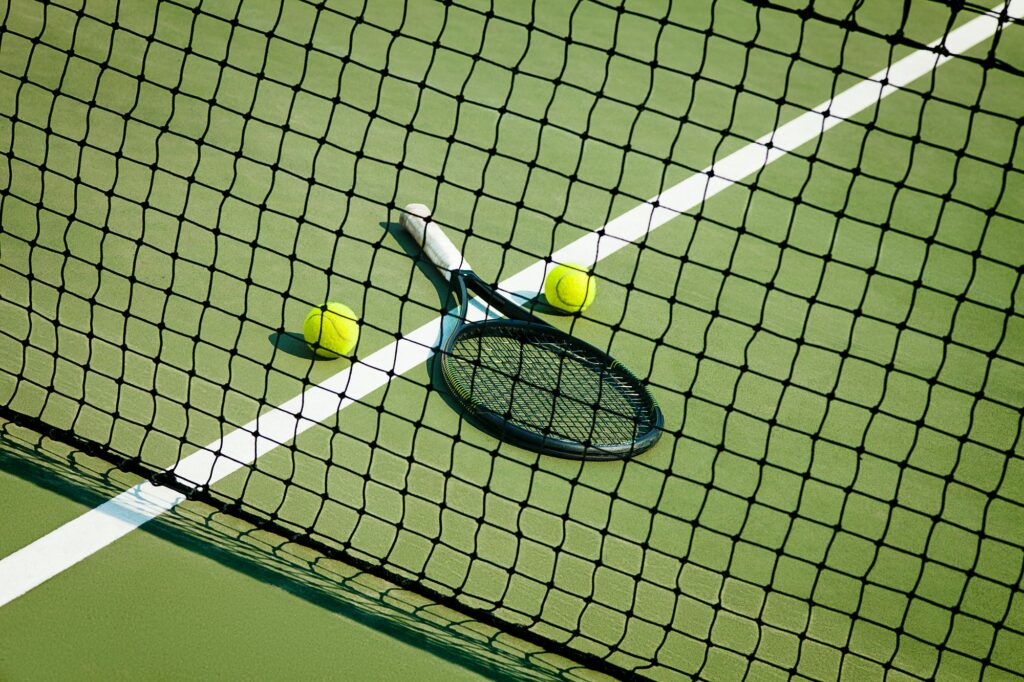Padel is on the rise in the UK, and with good reason. It’s fun, accessible, and it’s bringing serious commercial potential to all sorts of underused sites. But if you’re thinking about getting into the game, one of the first and most important decisions is where to build.
Not every plot, warehouse, or rooftop car park is going to work. Whether you’re considering an indoor conversion or an open-air setup, this guide breaks down the key factors to think about when choosing a site for your padel facility so you can avoid common pitfalls and move quickly when the right opportunity comes along.
1. Know What Type of Facility You Want to Build
This might sound obvious, but it’s easy to overlook: your ideal site depends entirely on the kind of padel club you’re planning. Are you thinking outdoor courts in a leisure park? A boutique indoor setup in a city centre? Something modular you can build in phases?
Here are a few common formats:
| Type | Best For | Typical Site |
|---|---|---|
| Outdoor (uncovered) | Entry-level or seasonal use | Car parks, spare land, hotel grounds |
| Outdoor with canopy | Year-round play, still cost-effective | Garden centres, retail parks |
| Indoor (converted unit) | Urban, premium experience | Warehouses, old retail units |
| Full padel club (courts + bar + co-working) | Destination venue | 1,000–2,000m² plots or retail shells |
Once you’ve got clarity on that, it’s much easier to evaluate potential sites realistically.
2. Minimum Space Requirements
A single padel court is 10m x 20m, but you’ll need circulation space, spectator zones, and possibly changing rooms or a café area.
As a quick guide:
- 2 courts with basic amenities: 500–700m²
- 3–4 courts with a lounge, bar or gym: 1,000–1,500m²
- Full indoor padel club: 1,500–2,000m²+
If you’re working with a warehouse or retail unit, look for internal ceiling heights of at least 6m to ensure safe play and structural clearance.
3. Location Matters, But Not How You Might Think
You don’t need to be on the high street, but you do need convenience and visibility.
Look for:
- Strong catchment area within a 10–15 minute drive
- Good access by car, bike or public transport
- Adjacent land uses like gyms, retail parks or family leisure (they help with footfall)
- Parking or potential for it nearby
- Low residential density next door if planning outdoor courts
Interestingly, sites that wouldn’t stack up for other uses—like small urban yards or empty light industrial units—can work brilliantly for padel.
4. Existing Buildings? Check These First
If you’re repurposing a structure like a warehouse or retail unit, these are your non-negotiables:
- Ceiling height: 6m+ is ideal
- Floor load capacity: courts are heavy and fixed
- Ventilation: especially if you plan year-round play
- Natural light: great in moderation, but glare is a real issue
- Escape routes & fire regs: don’t underestimate the cost of compliance here
Also worth checking early: any structural columns in the way of where courts would go. Even a few awkwardly placed supports can kill a plan.
5. Planning and Use Classes
Padel courts generally fall under:
- Class F2(c): Community sport and recreation
- Class E(d): Indoor sport, recreation or fitness
If you’re building outdoor courts, you’ll likely need full planning permission. Indoor conversions may only need a change of use or prior approval depending on your local authority and the site’s planning history.
Expect to submit:
- A site plan with court layout
- Transport and parking info
- Noise impact assessments (especially for outdoor courts)
- Potentially a flood risk or drainage report
Some councils are very supportive, particularly if you can link the project to public health or community sport access.
6. Other Things That Can Make or Break a Site
A few bonus points to keep in mind:
- Acoustics: Padel bats make a real pop. Outdoors, you’ll need to mitigate noise if you’re near housing.
- Lighting: Outdoor courts need downward-facing, low-spill lights to avoid objections.
- Drainage: For uncovered courts, good drainage is essential. Surface water must go somewhere.
- Utilities: You’ll need power and water at minimum, especially if you want showers, toilets, or a café.
- Lease length: Most padel operators want long-term tenure. A 2–3 year pop-up might work, but 10+ years is ideal for investment returns.
Site Screening Checklist
Use this to quickly filter out the no-gos from the good opportunities:
| ✅ Criteria | Ideal Scenario |
|---|---|
| Space | 500m²+ for 2–4 courts and facilities |
| Access | Decent road frontage or footfall potential |
| Ceiling Height (indoors) | 6m minimum clear height |
| Existing Use Class | F2 or E is a good start |
| Planning Risk | No immediate constraints or restrictions |
| Parking | On-site or nearby options |
| Utilities | Power, water, foul drainage available |
| Neighbour Sensitivity | No housing within earshot if outdoors |
Wrapping Up
Finding the right site for a padel facility is less about prime retail value and more about finding overlooked space that’s well-located, flexible, and just big enough. In other words: if you know what to look for, you don’t need acres of land or millions in funding to build a great club.
If you’ve got a site in mind but aren’t sure how to assess it, a basic feasibility study can save you months of wasted effort—and show you whether the numbers stack up.







